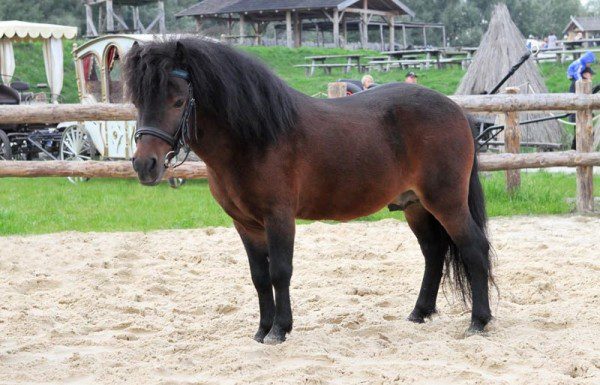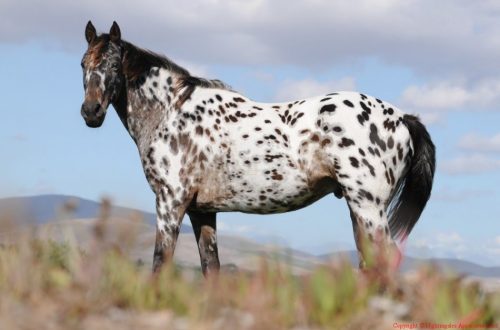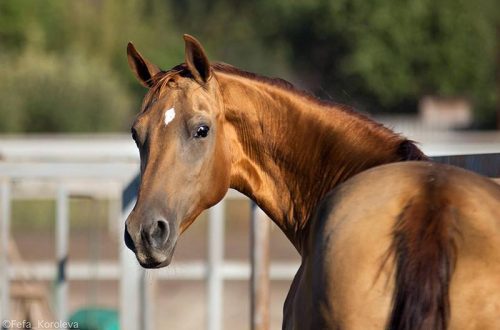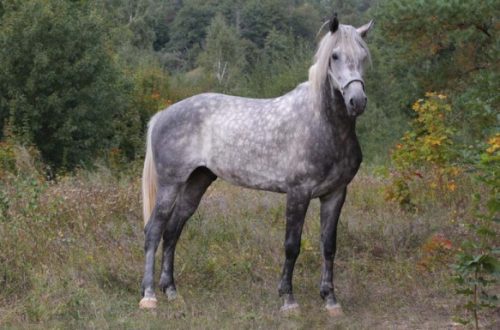
Shetland ponies

History of the breed
The Shetland pony is a versatile horse breed that is widespread throughout the world. This is one of the most numerous horse breeds in general and the most popular among pony breeds.
The appearance of the Shetland pony is familiar to everyone, because it has become a kind of symbol of all small horses, but few people know that this is one of the oldest breeds of horses and, moreover, not decorative, but quite working.
The origin of this breed is the Shetland Islands off the coast of Scotland. Horses lived on these islands already in the second millennium BC, since the islands were relatively isolated from the continent, it can be assumed that these horses were the direct ancestors of modern ponies.
The climate of the Shetland Islands is more severe than on about. Britain, in winter there is constantly snow and severe frosts are not uncommon, so Shetland ponies have adapted to endure any hardships of the weather. They were also distinguished by unpretentiousness, health, longevity.
They were used in a simple local economy – for the removal of peat from swamps and coal from mines, for the transport of goods and riders, for auxiliary work. In such conditions, a universal breed was formed on the Shetland Islands, equally suitable for saddle, pack, and harness. Local horses – nondescript, but very strong – attracted the attention of British horse breeders, and in 1890 a stud book of this breed was created. Since then, Shetland ponies have spread throughout the world.
Features of the exterior of the breed
Shetland ponies are one of the shortest breeds (height at the withers 75-107 cm). Despite their small stature, these horses have a strong constitution. They have a small head, often with a concave profile, small ears, and wide-set eyes. The neck is short and muscular. The chest and withers are well developed. The back is short and broad, the croup is rounded, and the belly is large and sagging. The limbs are short, bony, the hooves are strong, rounded. In general, horses of this breed are more like small heavy trucks.
A distinctive feature of Shetland ponies is a long, coarse hair on the body, a very long and thick mane and tail. Such wool protected the Shetland ponies from the cold; now, with the stable maintenance of these horses, they often shear. Almost all colors are found in the breed. Most often come across black, gray, red, nightingale, piebald and chubarny ponies.
These are brave and independent horses, accustomed to taking care of themselves and living with their own mind.
Applications and achievements
Shetland ponies have now abandoned their working background and are sport and pleasure horses. Ponies are widely used in a wide variety of industries. First of all, these are indispensable horses for children’s equestrian clubs, riding a pony minimizes the risk of injury, so children can learn to ride a pony from the age of 4.
Ponies are often used in children’s health-improving riding courses – hippotherapy. Moreover, the compact size and intelligence of these horses led people to use Shetland ponies as guides for the blind.
Also, this breed is often kept simply as exhibits in the children’s corners of zoos.





